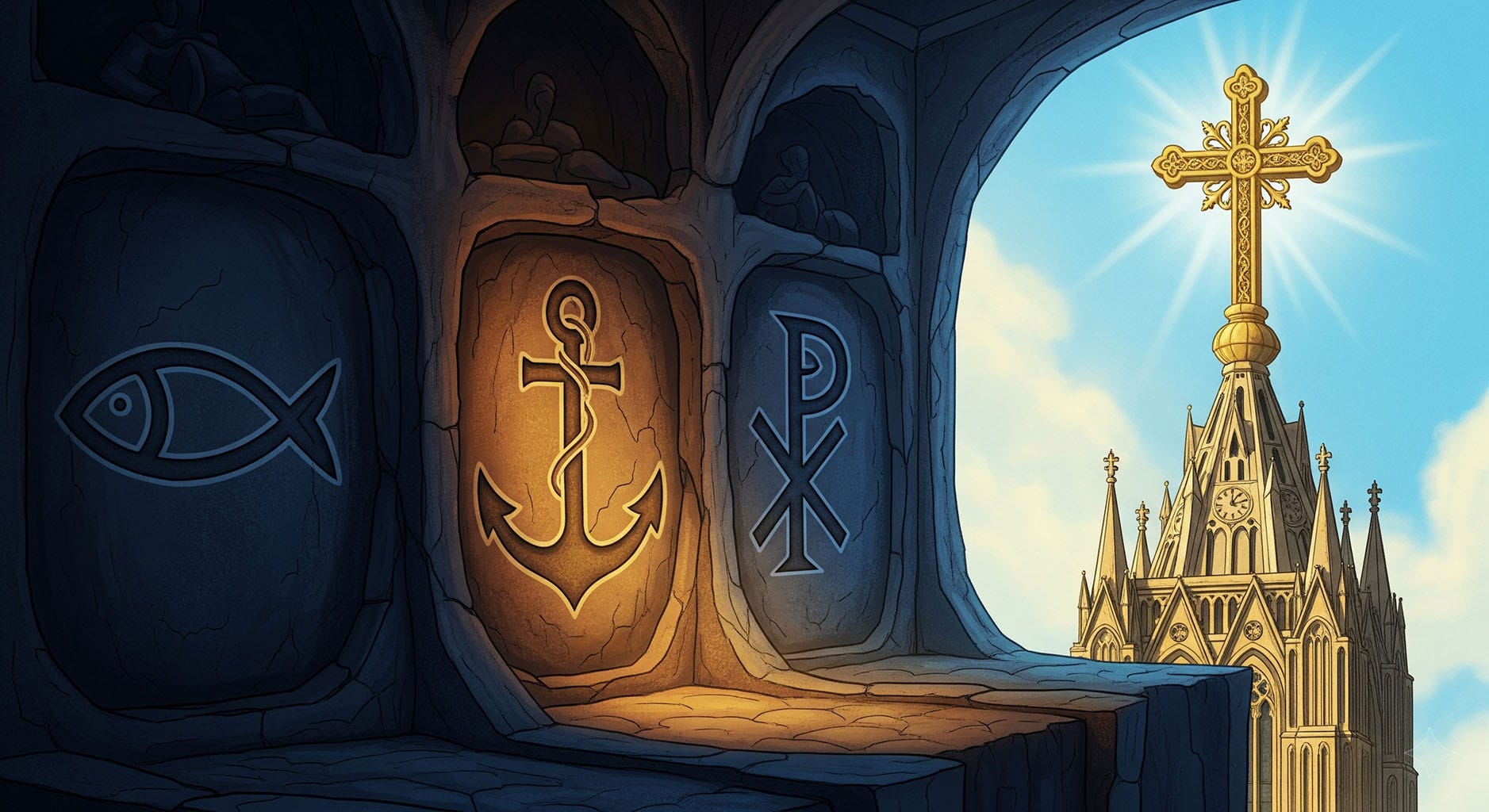Why the Cross Wasn’t Always the Symbol of Christianity
The symbol Christians worship today was late to the party
Most people see a cross and think “Christian.” It’s impossible to miss. It’s plastered on churches, dangled on necklaces, carved on graves, inked into tattoos, and even baked into hot cross buns. Christians cling to that thing like it was always their badge. Yet, the cross wasn’t always Christianity’s main logo. For centuries, early Christians wouldn’t …
Keep reading with a 7-day free trial
Subscribe to The Unholy Truth to keep reading this post and get 7 days of free access to the full post archives.


